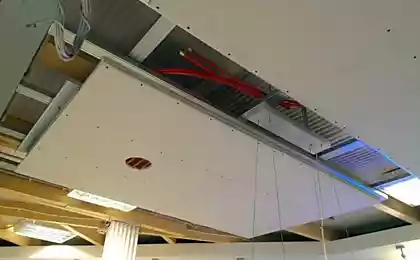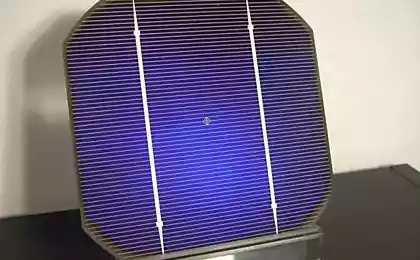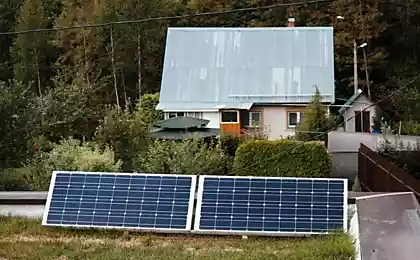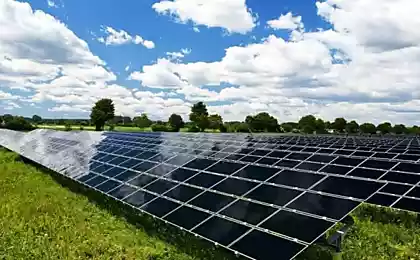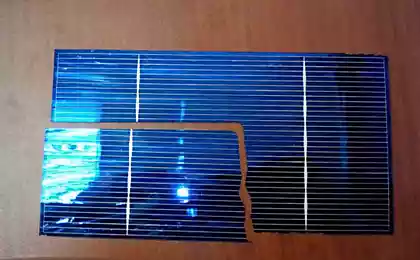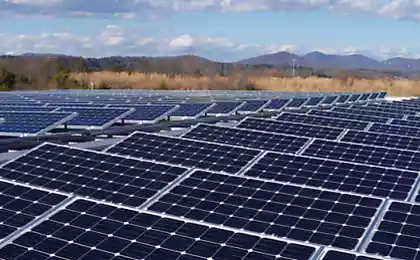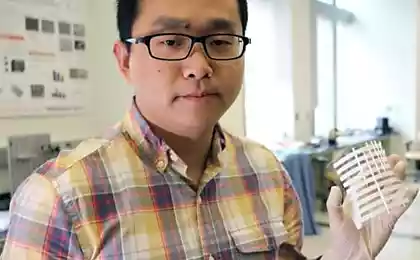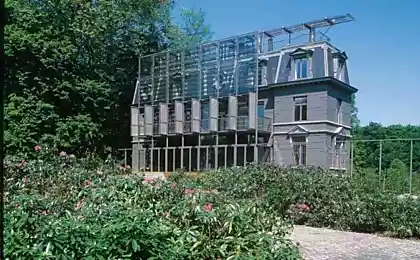182
Tofu Ingredient: A Revolution in Solar Panel Production
Today, most of the clean energy is generated by solar panels.
Some of the materials used to make these very panels are not so environmentally friendly for the health of people and the planet.
For example, one of the chemical reagents, cadmium chloride, is used to improve efficiency for some solar cells, but it is highly toxic.
Researchers at the University of Liverpool believe they have found a replacement for this chemical, and the new product is much safer because it is used in the common tofu cheese.
A chemical used to make tofu and bath salts could also replace a highly toxic and expensive substance, according to a study published in the journal Nature.
Cadmium chloride is currently a key element in solar cell technology and is used in millions of solar panels around the world. This soluble compound is highly toxic and expensive to manufacture, requiring complex safety measures to protect workers during the production process, and after the panels have worked out and are no longer needed, special disposal.
Researchers at the University of Liverpool have discovered that cadmium chloride can be replaced by magnesium chloride, which is extracted from seawater and is now used in products such as tofu, bath salt and road de-icing products.
Safe and reasonably cheap - $0.001 per gram compared to $0.3 per gram of cadmium chloride - the study also showed high efficacy, comparable to expensive and toxic components.
Physicist Dr. Jon Major of the Stephenson Institute for Renewable Energy conducted the study.
Dr Major said: If renewables are going to compete with fossil fuels, then their cost must come down. Much progress has been made, but the conclusions contained in this article have the potential to reduce costs in the future.”
The cheapest solar panels produced today are based on a thin film of insoluble cadmium telluride. Solar panel cells convert less than two percent of sunlight into energy. Adding cadmium chloride increases the efficiency of solar panels by more than 15%.
The study found that magnesium chloride would help achieve the same efficacy.
“When using cadmium chloride, it is imperative to use a hood,” says Dr. Major. “But using a new method, we were able to create a solar cell literally on the knee, using a paint sprayer bought from a nearby construction store.”
“Cadmium chloride is a toxic and expensive substance and we shouldn’t use it anymore.” Replacing it with a naturally occurring substance could save the industry huge amounts of money and reduce the overall cost of generating electricity from the sun.”
from news.liv.ac.uk
Source: facepla.net
16 cards in the world, which is not taught in school
Spider age of 410 million years “came back” to life



